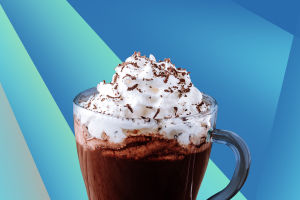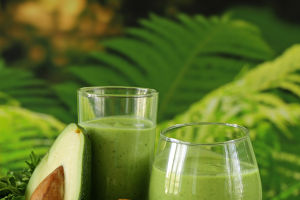Popcorn, the crunchy and delightful snack, has been a favorite treat for film fans and casual snackers alike.
Its popularity has soared in recent years, with Americans consuming nearly 50 liters of popped corn per year on average.
In the UK, popcorn sales have also seen a remarkable surge, challenging the traditional dominance of crisps. As we explore the fascinating world of popcorn, from its ancient origins to the modern-day culinary delights, we uncover the scientific magic behind its iconic "pop" and the diverse ways it can be enjoyed.
Popcorn is a specific variety of maize, distinct from the corn eaten on the cob, and its discovery predates the arrival of Europeans in the Americas.
Archaeologists have discovered popcorn kernels in various sites across the American Southwest and beyond, indicating its long-standing presence among the indigenous people of the region.
Popcorn's fascinating "pop" is a result of its strong outer skin and the moisture concealed within each kernel. When heated, the moisture turns to steam and exerts pressure on the kernel's skin.
As the temperature rises, the pressure builds until it reaches about nine times the atmospheric pressure at just over 200°C (400°F).
At this critical point, the skin finally splits open, and the starch and steam expand explosively, creating the familiar popcorn we adore.
While machinery has made popcorn preparation more convenient and entertaining, popping popcorn without any gadgets is entirely possible.
In some parts of the world, street vendors still use traditional methods, such as a cast-iron drum over a flame, to pop the kernels.
Additionally, scientists have experimented with vacuum pumps to lower the air pressure, resulting in popcorn kernels that expand even more when popped.
The first commercial popcorn machine, as we commonly know it, made its appearance in 1885. The inventor, Charles Cretors, a confectioner from Illinois, originally designed peanut roasters but found a way to adapt the machines to popcorn.
His steam engine-powered poppers with mechanical clowns turned the process into a delightful show.
Beyond its role as a delicious movie theater treat, popcorn is experiencing a resurgence as a health food. Unadorned popcorn is a whole grain, low in fat, and contains less salt, making it an attractive choice for health-conscious consumers.
Discovering the many facets of popcorn brings interesting facts to light. For instance, popcorn is a healthy and allergen-free snack, containing fiber and antioxidants.
Each cup of unpopped popcorn has approximately 1,600 kernels, and kernels can pop up to three feet high.
The United States leads the way in popcorn consumption, producing 17 billion quarts annually.


